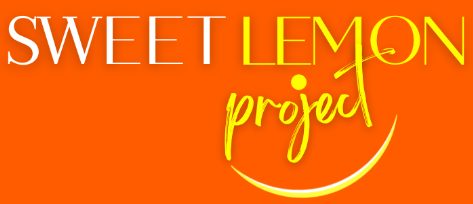
Sweet Lemon Project

The Sweet Lemon Project is a non profit organization with a 501 c3 exempt status.
The Sweet Lemon Project’s primary service is helping the youth, teens and young adults in the blind community and victims of domestic violence step into their greatness, beyond adverse experiences.Through various resources, support, mentorship, growth programs and services, and overcoming strategies and media tools.
The Sweet Lemon Project offers a one-of-a-kind comprehensive educational experience with a unique focus on youth, teens and young adults in the blind community, Offering a customized experience will empower each individual to own their worth. Our programs are designed to guide participants through positive and sustainable transformations and self-actualization.
The Sweet Lemon Project feeds the mind, body and spirit. Therefore we believe our health and fitness program initiatives is essential for teaching long term healthy food preparations, cooking, planting , purchasing and eating and self care.
A special component of this particular program is providing FREE hot healthy meals with fruit. We are honored to do so though varies types of donations, partnering with food distributors and services, social services agencies, community centers, domestic violence support agencies, local corporations, higher learning institutions and industry professionals to carry forward its services.

B.A.R.E. Project Program
The B.A.R.E project is a program, specifically designed for applicants that are blind, visually impaired, victims of domestic violence and have been sexually abused.
The B.A.R.E project is a program that has a unique non conventional educational method of guiding its members to create realistic goals that are achievable for their own individual circumstances. We develop mindful solutions that attendees can utilize for a lifetime.
Our program The B.A.R.E. project accepts Blind and visually impaired Youth, Teens and Young Adults that meet one or more of the criteria’s above. The B.A.R.E. project will occasionally accept applicants that are not victims of domestic violence and sexual abuse or visually impaired, but are in need of our unique guidance that match their specific needs to assist them with achieving their transformation goals.
Our multi level learning program requires at least 6 weeks of consecutive attendance to this program. Which includes, but not limited to:
Counseling
Group sessions
Motivational / Inspiring Explorative Field trips
Descriptive Creative Art sessions / Media & Marketing classes
Health and Wealth mentoring
Basic living skills
Lifestyle Coaching
Free meals
Remember nothing is nver too hard for your to believe, achieve, receive, and exceed